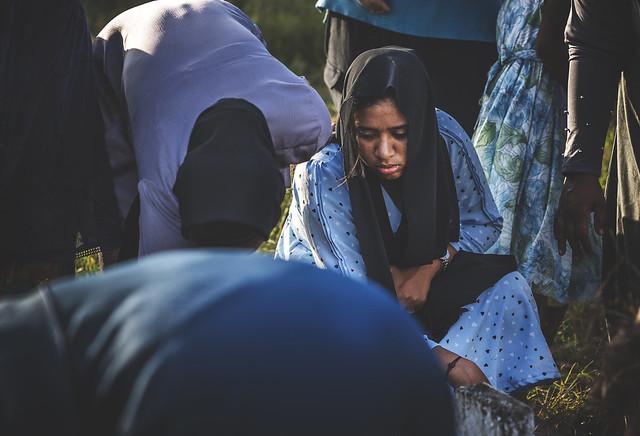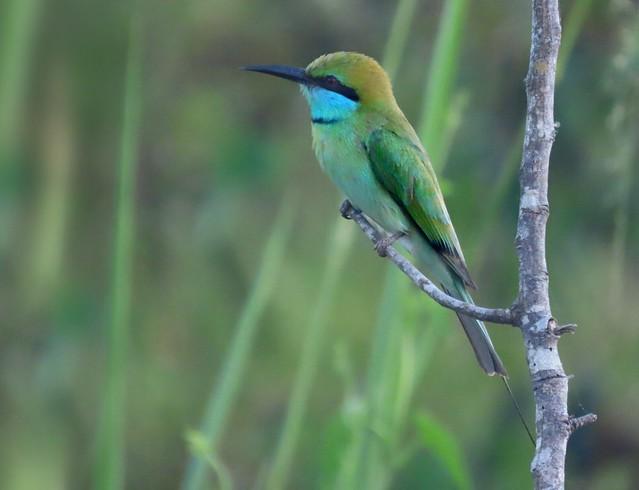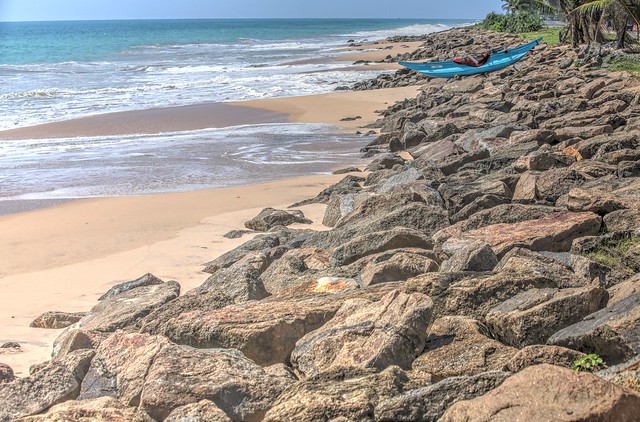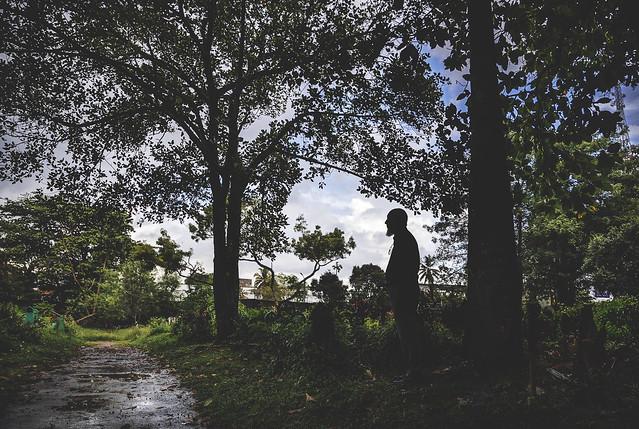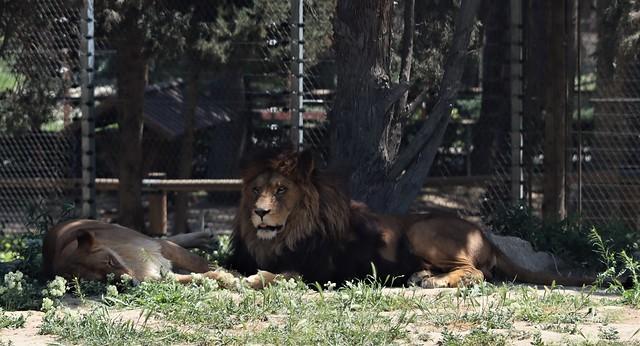Batticaloa District
Overview
Batticaloa District, located in the Eastern Province of Sri Lanka, is a captivating destination rich in culture and natural beauty. Often referred to as the "Land of the Singing Fish," it is famed for the mysterious musical sounds heard in its lagoon. The district boasts a diverse cultural heritage, with significant Tamil, Muslim, and Sinhalese communities contributing to a vibrant blend of traditions, languages, and cuisines. Batticaloa’s architecture is also noteworthy, featuring remnants of colonial forts, ancient Hindu temples, and serene Buddhist stupas. The region's unique geographical features, including beautiful lagoons and pristine beaches, make it a special place for explorers.
The high season for tourism in Batticaloa stretches from May to September, coinciding with the dry season when the weather is most favorable. This period avoids the heavy rainfall of the monsoon season, allowing visitors to fully enjoy outdoor activities such as swimming, snorkeling, and sunbathing on the district's gorgeous beaches like Kallady and Passikudah. Nature enthusiasts can explore the lush greenery and wildlife in sanctuaries such as the Vakari Lagoon. Cultural festivals, particularly during the Tamil and Sinhalese New Year celebrations in April, offer a deep dive into local customs and festivities, providing an enriching experience for travelers.
Travelers planning to visit Batticaloa should prepare accordingly to ensure a smooth trip. It is advisable to pack light clothing suitable for a tropical climate, along with sun protection such as hats, sunglasses, and sunscreen. Since the district is a blend of different religious communities, carrying modest clothing is respectful, especially when visiting religious sites. Vaccinations may be recommended, and checking with a healthcare provider for travel-related health advice is prudent. Lastly, while major towns have ATM facilities, carrying some local currency is useful for smaller purchases, particularly in more rural or remote areas. Understanding a few basic phrases in Tamil or Sinhala can also enhance interactions with local residents, making the journey more enjoyable and immersive.
How It Becomes to This
History not available

You May Like
Explore other interesting states in Sri Lanka


